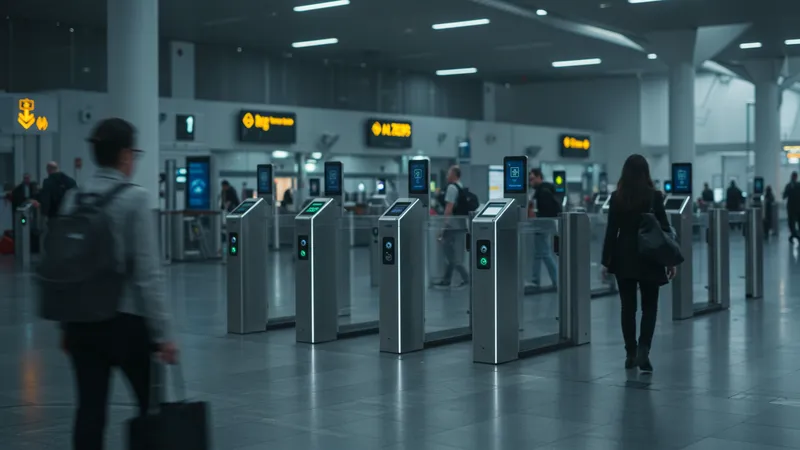
Biometric Scanners: Revolutionizing Security And Accessibility
The Role of Biometrics in Travel Security
For years, travel security has been about long queues and extensive documentation checks, but biometrics are rapidly changing this narrative. Implemented in airports worldwide, biometric systems are enhancing travel security by streamlining passenger verification processes while minimizing human error. Biometric e-gates, which utilize face recognition technology, allow for efficient passenger flow, significantly reducing wait times during check-ins and border crossings.

This transformation elevates security by augmenting traditional methods with an additional layer of verification, reducing reliance on easily forged documents. Facial recognition technology has become a pivotal component, ensuring swift yet secure clearance. However, implementing such systems requires significant infrastructural investment and a careful balance between efficiency and privacy concerns, given the sensitivity of biometric data handling.
The convenience offered by biometrics extends beyond the check-in counter. Some airlines are exploring biometric boarding passes, intending to eliminate paper tickets completely. Travelers can proceed directly to their gate, cutting down pre-flight waiting time. As these innovations roll out, customer satisfaction levels are poised to rise, potentially redefining industry standards to become the norm in the coming years.
But biometrics offer more than just operational efficiency; they hold the promise of transforming customer experiences on a broader scale. As travel security systems continue to evolve, integration with other technologies like AI could offer predictive insights, anticipating potential threats before they occur. The implications are vast, potentially leading to an era of seamless, secure travel experiences worldwide.